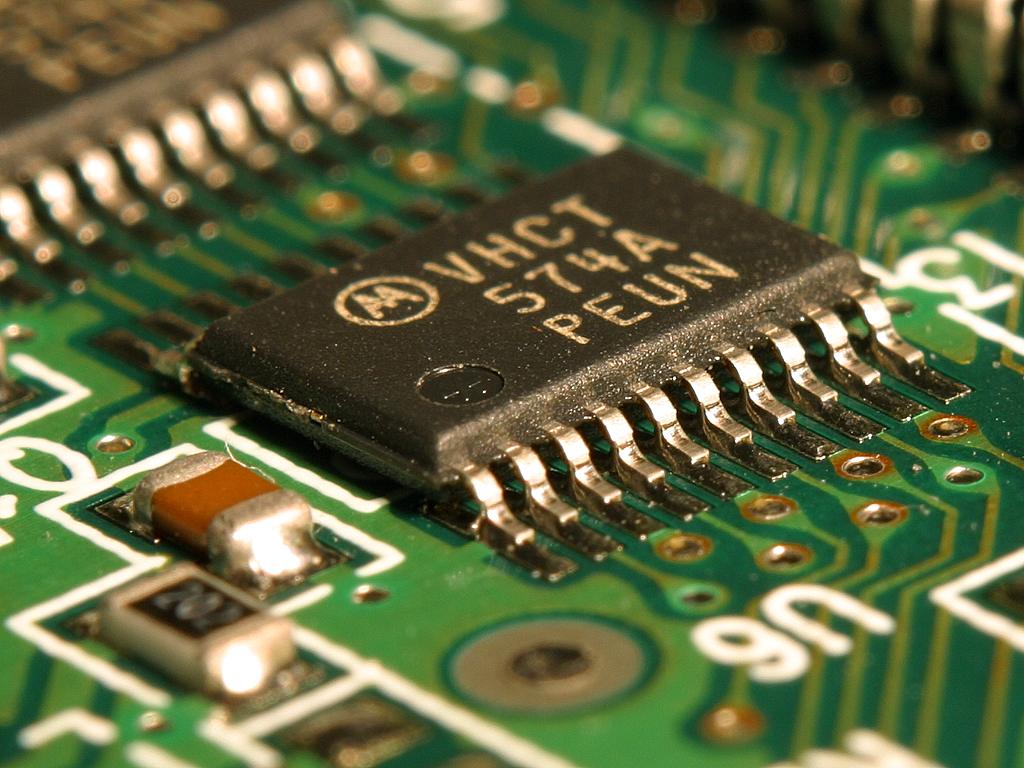|
Spatial Power Combiner
A spatial power combiner generally refers to a microwave system in which the output power of several solid state circuits are combined in free space as opposed to in a lossy substrate. Many spatial power combiners use concepts from free-space optics in which dielectric lenses are used to focus a microwave beam into and out of a solid-state circuit array. For this reason, this field of research is also known as quasioptics Quasioptics concerns the propagation of electromagnetic radiation where the wavelength is comparable to the size of the optical components (e.g. lenses, mirrors, and apertures) and hence diffraction effects may become significant. It commonly desc .... Microwave technology {{Science-stub ... [...More Info...] [...Related Items...] OR: [Wikipedia] [Google] [Baidu] |
Microwave
Microwave is a form of electromagnetic radiation with wavelengths ranging from about one meter to one millimeter corresponding to frequency, frequencies between 300 MHz and 300 GHz respectively. Different sources define different frequency ranges as microwaves; the above broad definition includes both Ultra high frequency, UHF and Extremely high frequency, EHF (millimeter wave) bands. A more common definition in radio-frequency engineering is the range between 1 and 100 GHz (wavelengths between 0.3 m and 3 mm). In all cases, microwaves include the entire Super high frequency, SHF band (3 to 30 GHz, or 10 to 1 cm) at minimum. Frequencies in the microwave range are often referred to by their Radio band#IEEE, IEEE radar band designations: S band, S, C band (IEEE), C, X band, X, Ku band, Ku, K band (IEEE), K, or Ka band, Ka band, or by similar NATO or EU designations. The prefix ' in ''microwave'' is not meant to suggest a wavelength in the M ... [...More Info...] [...Related Items...] OR: [Wikipedia] [Google] [Baidu] |
Solid State (electronics)
Solid-state electronics means semiconductor electronics: electronic equipment using semiconductor devices such as transistors, diodes and integrated circuits (ICs). The term is also used as an adjective for devices in which semiconductor electronics that have no moving parts replace devices with moving parts, such as the solid-state relay in which transistor switches are used in place of a moving-arm electromechanical relay, or the solid-state drive (SSD) a type of semiconductor memory used in computers to replace hard disk drives, which store data on a rotating disk. History The term "solid-state" became popular at the beginning of the semiconductor era in the 1960s to distinguish this new technology based on the transistor, in which the electronic action of devices occurred in a solid state, from previous electronic equipment that used vacuum tubes, in which the electronic action occurred in a gaseous state. A semiconductor device works by controlling an electric ... [...More Info...] [...Related Items...] OR: [Wikipedia] [Google] [Baidu] |
Optics
Optics is the branch of physics that studies the behaviour and properties of light, including its interactions with matter and the construction of instruments that use or detect it. Optics usually describes the behaviour of visible, ultraviolet, and infrared light. Because light is an electromagnetic wave, other forms of electromagnetic radiation such as X-rays, microwaves, and radio waves exhibit similar properties. Most optical phenomena can be accounted for by using the classical electromagnetic description of light. Complete electromagnetic descriptions of light are, however, often difficult to apply in practice. Practical optics is usually done using simplified models. The most common of these, geometric optics, treats light as a collection of rays that travel in straight lines and bend when they pass through or reflect from surfaces. Physical optics is a more comprehensive model of light, which includes wave effects such as diffraction and interference that can ... [...More Info...] [...Related Items...] OR: [Wikipedia] [Google] [Baidu] |
Dielectric
In electromagnetism, a dielectric (or dielectric medium) is an electrical insulator that can be polarised by an applied electric field. When a dielectric material is placed in an electric field, electric charges do not flow through the material as they do in an electrical conductor, because they have no loosely bound, or free, electrons that may drift through the material, but instead they shift, only slightly, from their average equilibrium positions, causing dielectric polarisation. Because of dielectric polarisation, positive charges are displaced in the direction of the field and negative charges shift in the direction opposite to the field (for example, if the field is moving parallel to the positive ''x'' axis, the negative charges will shift in the negative ''x'' direction). This creates an internal electric field that reduces the overall field within the dielectric itself. If a dielectric is composed of weakly bonded molecules, those molecules not only become po ... [...More Info...] [...Related Items...] OR: [Wikipedia] [Google] [Baidu] |
Quasioptics
Quasioptics concerns the propagation of electromagnetic radiation where the wavelength is comparable to the size of the optical components (e.g. lenses, mirrors, and apertures) and hence diffraction effects may become significant. It commonly describes the propagation of Gaussian beams where the beam width is comparable to the wavelength. This is in contrast to geometrical optics, where the wavelength is small compared to the relevant length scales. Quasioptics is so named because it represents an intermediate regime between conventional optics and electronics, and is often relevant to the description of signals in the far-infrared or terahertz region of the electromagnetic spectrum. It represents a simplified version of the more rigorous treatment of physical optics In physics, physical optics, or wave optics, is the branch of optics that studies interference, diffraction, polarization, and other phenomena for which the ray approximation of geometric optics is not valid. T ... [...More Info...] [...Related Items...] OR: [Wikipedia] [Google] [Baidu] |


